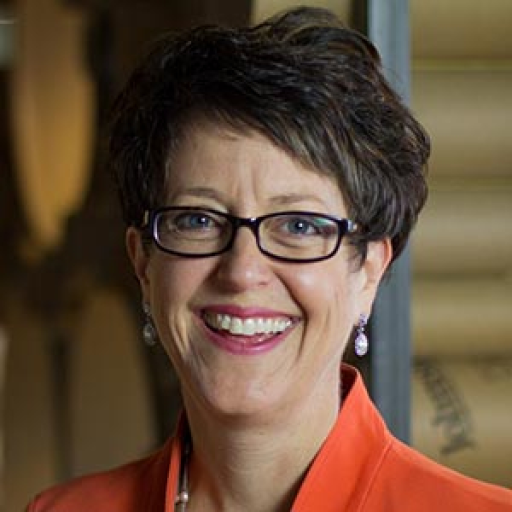Shelton Stat of the Week
46% of all consumers, regardless of their heat source, agree that natural gas is warm and cozy. And 32% agree that electric heat pumps are warm and cozy. — Energy Pulse®, 2024
In the early 2000s, a guy named Roger Duncan was the General Manager of Austin Energy. I would see him at various utility industry conferences extolling the environmental benefits of EVs, both encouraging automakers to invest in manufacturing them and goading the utility industry into supporting them. Roger led Austin Energy’s conservation programs prior to becoming General Manager and was widely regarded in the industry (and in the world) as THE progressive thinker/leader/implementer on green energy and the programs that can engage the public and get us to a sustainable, clean energy future.
Given that the country was still generating 60% of its electricity from burning coal, I was puzzled by this environmental leader passionately hawking his Plug-In Partners program, hell-bent on moving the automotive industry from oil and gas to electricity. I distinctly remember hearing him speak at an event in 2009 and asking myself, “How on earth is this any better? Moving from burning petroleum to burning coal to power cars is like jumping from the frying pan into the fire!”
I had it all wrong. And Roger was right.
The U.S. grid is getting greener
The latest Energy Information Administration (EIA) numbers on how electricity is generated in the US are from 2022. But what those numbers say is that just 13 years after asking myself that question, coal was responsible for only 16% of our electricity generation. While natural gas was responsible for almost 40% – which is still burning a fossil fuel – it’s cleaner than burning coal. And renewables were responsible for 21.5%. So, more of our electricity in 2022 came from renewable resources than coal, which was just unimaginable (by me) in 2009.
Because the grid has gotten cleaner – and many people and government programs are working to make it even cleaner over the next decade – lots of sustainability folks are now eyeing “electrification” as the best way to reduce GHG emissions. The idea is that if we can replace our gas stoves, HVAC systems and water heaters with electric versions – all powered by a grid that is greener every year – and do the same with our automobiles, we will dramatically reduce our GHG emissions and give ourselves the best possible shot at turning our climate forecast around.
A lot has been written about what’s hard about electrifying all the things we use fossil fuels for today. But the premise is always, “If we can get past the technology and policy barriers, we can make it happen!”
The missing factor: human nature
Those scenarios often leave out another fundamental problem we have to address if we’re going to move to an electrified future: human nature.
For years, we’ve been taught to believe that we are better cooks if we use a gas stove. After all, it’s what all the chefs use, so it’s better, right? And if we want to be good cooks, which is at least some aspect of being a good spouse/parent, we need to use a gas stove. The same is true for how we heat our homes. We’ve been taught that heating a home with natural gas is cozier and more comfortable. And though I hope you’ve been reading our Energy Pulse® reports over the years, you probably don’t need our research to tell you that most of us are more driven to make our homes comfortable and cozy than we are to protect the environment.
And cars? How many movies have been made with exhilarating car chases, where the revved up engines make your skin tingle with every vrrrrooom? Gas powered cars sound sexy, powerful and fun! How on earth could an electric car make me feel as powerful and free?
The point is: we have emotional attachments to the way we cook our food, heat our homes and get from point A to B. And human nature is emotionally driven – we don’t often make rational, reasonable decisions; we make emotional ones that we then rationalize. These emotional connections are at the heart of good messaging and require marketers to meet consumers where they are.
Watch this space: Energy Pulse® 2024
The ERM Shelton team is actually hard at work on understanding the emotional attachments we have to natural gas and petroleum and the messaging that will work to shift folks to using electricity instead. Our latest Energy Pulse® (now 18 years strong) will be out soon, and the focus is on this topic. This go-round of Energy Pulse® also includes messages we tested and gives us a good line of sight for how to communicate – and who to communicate to – in order to move people in America to a lower carbon, all-electric future.
Stay tuned…
 View all
View all 